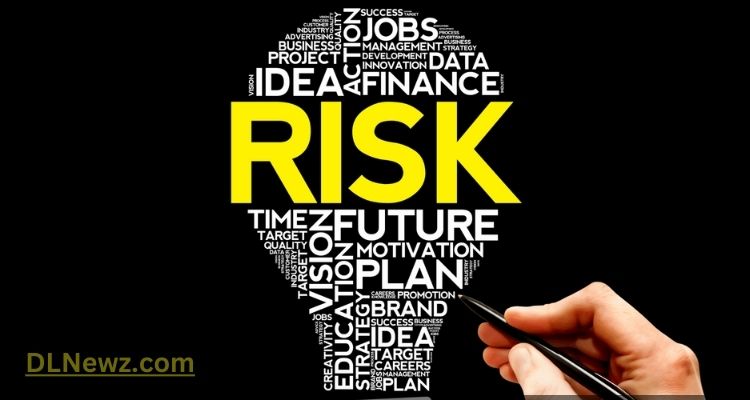Do you have a plan in place to handle potential risks and uncertainties in your organization? In today’s rapidly changing world, businesses must have a solid risk management strategy. Without one, companies risk facing unexpected challenges that can lead to financial losses, damage to their reputation, and even the downfall of the entire business.
But what exactly is risk management? Simply put, it is the process of identifying, assessing, and controlling potential threats to an organization’s assets. To effectively manage risks, companies must have a thorough understanding of their internal processes and external environment.
Identifying Risks
The first step in mitigating mayhem is identifying potential risks. This can be done through various methods such as conducting risk assessments, analyzing data and trends, and consulting with experts. It is crucial to involve all stakeholders in this process to get a comprehensive understanding of potential risks.
Some common categories of risks that organizations face include financial risks, operational risks, strategic risks, compliance risks, and reputational risks. Within each category, there can be numerous specific risks that may vary depending on the nature of the business.
Assessing Risks
Once potential risks have been identified, the next step is to assess their likelihood and impact. This involves evaluating how likely it is for a risk to occur and the potential consequences if it does happen. This information is essential in determining which risks are most critical and require immediate attention.
To assess risks, companies can use tools such as risk matrices or probability analysis. It is also beneficial to incorporate the principles of enterprise risk management (ERM) into this process. ERM provides a framework for managing risks across an organization holistically, rather than treating them as isolated incidents. This approach ensures that decision-makers consider the full range of potential impacts, including how different risks may interact or compound one another.
Controlling Risks
The final step in mitigating mayhem is controlling and minimizing risks. This involves implementing strategies and measures to prevent or reduce the likelihood and impact of potential risks.
Some common risk control methods include risk transfer (such as insurance), risk avoidance (avoiding certain activities or operations that pose high risks), risk mitigation (taking steps to lessen the severity of potential risks), and risk acceptance (accepting that certain risks cannot be fully controlled).
Ongoing Risk Management
Managing risks is an ongoing process. Organizations must regularly review and update their risk management strategy to adapt to changing circumstances and new emerging risks.
It is also crucial for companies to establish a culture of risk awareness and responsibility throughout the organization. This means ensuring that all employees are aware of potential risks and their roles in mitigating them. Regular training and communication can help reinforce this culture.
Leveraging Technology
In today’s digital age, technology plays a significant role in mitigating risks. Companies can use risk management software and tools to automate processes, track and analyze data, and generate real-time reports. This helps decision-makers make informed decisions quickly and effectively.
However, it is important to note that technology is only a tool; it cannot replace human judgment and critical thinking. Companies must still involve human expertise and judgment in their risk management strategies.
Conclusion
In conclusion, managing risks is crucial for the success and sustainability of any organization. By identifying, assessing, and controlling potential risks, businesses can mitigate mayhem and be better prepared to handle unexpected challenges. With a proactive risk management strategy in place, companies can minimize losses, protect their reputation, and maintain long-term success.
Remember, risk management is an ongoing process, so make sure to regularly review and update your strategy to stay ahead of potential threats. So next time someone asks if you have a plan to handle risks in your organization, you can confidently say yes!


















